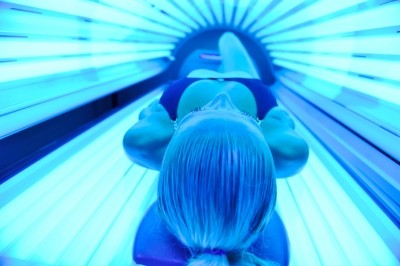Scientific review of UV filters concludes more research needed on health effects

Published in the International Journal of Andrology, the research looks into data and human studies on the possible side effects of selected UV-filters in cosmetics.
Chemicals examined included benzophenone-3 (BP-3), 3-benzylidene camphor (3-BC), 3-(4-methyl-benzylidene) camphor (4-MBC), 2-ethylhexyl 4-methoxy cinnamate (OMC), Homosalate (HMS), 2-ethylhexyl 4-dimethylaminobenzoate (OD-PABA) and 4-aminobenzoic acid (PABA).
Concern
According to the report, evidence from the animal studies indicates that these substances can cause reproductive and developmental toxicity, and may also affect the hypothalamic-pituitary-thyroid axis (HPT) which controls the release of thyroid hormones in the body.
The authors also highlight that few human studies have been conducted on the effects of UV-filters, although exposure is known to be high as they are rapidly absorbed from the skin following application in sunscreens.
In addition, the chemical BP-3 has been said to be found in 96 per cent of urine samples in the US. The authors therefore concluded that it would be advisable to evaluate whether exposure to UV-filters contribute to possible adverse effects on the developing organs of foetuses and children.
Reiterating effectiveness
Last month scientists at the American Academy of Dermatology reiterated that sunscreen was in fact safe to use, highlighting the effectiveness of nanotechnology amidst concerns over certain ingredients.
According to the researchers; "scientific evidence supports the benefits of sunscreen usage to minimize short- and long-term damage to the skin from UV radiation and outweighs any unproven claims of toxicity or human health hazard."
The research camer after numerous reports questioning the effectiveness of nanotechnology in sunscreens, particularly Titanium dioxide and zinc oxide nanoparticles.
"Considerable research on the use of nanoparticles on healthy, undamaged skin has shown that the stratum corneum - the outermost layer of the skin - is an effective barrier to preventing the entry of nanoparticles into the deeper layers of the skin. Titanium dioxide and zinc oxide have a long history of safe use in sunscreens and offer good options for broad-spectrum UV protection,” said president of the Academy, Dr. Siegel.












